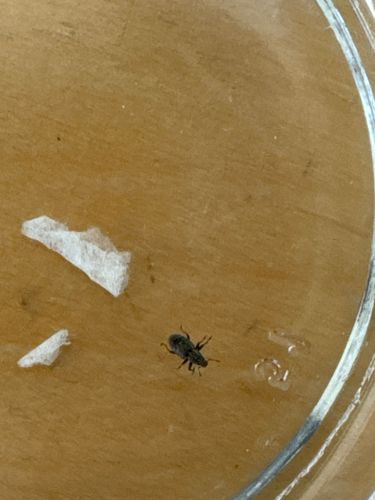Ant
Scientific Name: Formicidae
Order & Family: Hymenoptera, Formicidae
Size: Typically 2 to 20 mm, depending on the species.

Natural Habitat
Highly adaptable, ants can be found in almost all terrestrial habitats, from underground nests to trees, within homes and urban environments, and in various climates globally (excluding Antarctica and a few remote islands).
Diet & Feeding
Ants are omnivorous, with their diet varying greatly by species. It can include nectar, seeds, fungi, insects (both living and dead), and household scraps. Many species exhibit trophallaxis, sharing food among colony members.
Behavior Patterns
Ants are social insects living in highly organized colonies that can range from a few dozen individuals to millions. They display complex social structures with distinct castes (queen, workers, males). They build intricate nests, forage for food, and protect their colony. Communication often occurs through chemical signals (pheromones) and tactile interactions. Their behavior includes cooperation, division of labor, and sometimes aggression towards other colonies.
Risks & Benefits
Potential risks include property damage (some species like carpenter ants can tunnel into wood), contamination of food, and painful bites or stings (e.g., fire ants). Benefits include pest control (preying on other insects), soil aeration and nutrient cycling through nest building, and seed dispersal for some plant species.
Identified on: 9/22/2025